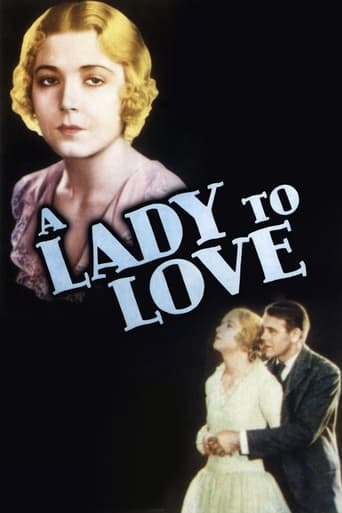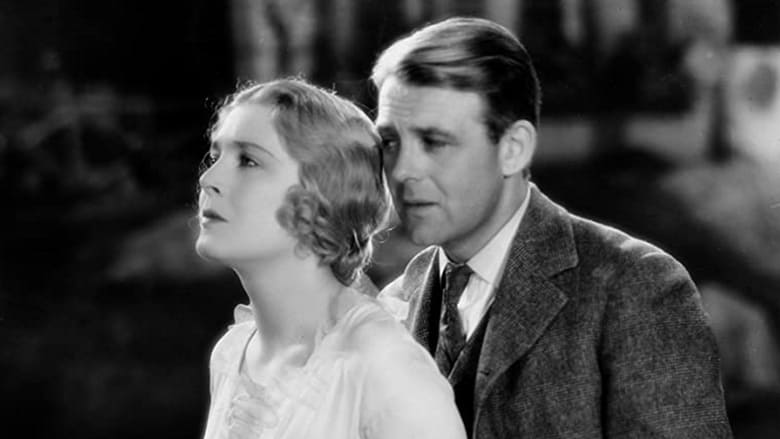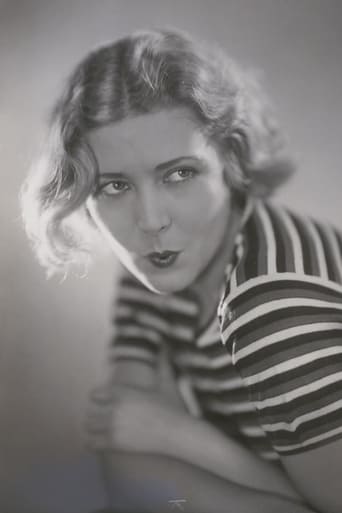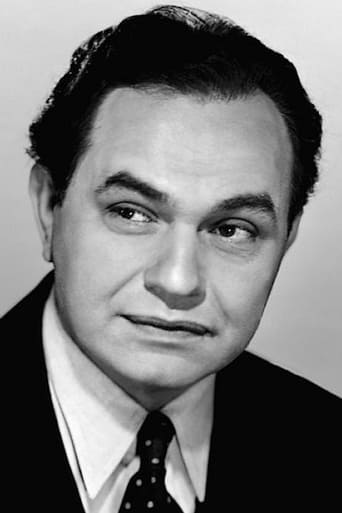

A Lady to Love (1930)
Middle-aged Napa Valley grape-grower Tony posts a marriage proposal to San Francisco waitress Lena enclosing a photo of his handsome younger brother Buck. When she gets there she overlooks his duplicity and marries him. Then she falls in love with Buck.
Watch Trailer
Cast


Reviews
I knew this story first from the musical version, THE MOST HAPPY FELLER, with its great Frank Loesser score. Later, I saw the straight remake, THEY KNEW WHAT THEY WANTED, with Carole Lombard's best straight dramatic role. This version, directed by Victor Sjostrom, is very primitive. Oh, Vilma Banky, despite the claims that her sound acting was always bad, is quite good, although she's best in the sequences in which she says nothing or spends her time mumbling her lines; Edward G. Robinson's portrayal is so stereotypical that it seems almost comical for most of the movie, until the finale, when he plays it big and is very affecting; still, I thought it would have been better played by Henry Armetta -- until I realized that Armetta was still playing bit roles under a different name at this point.It's Robert Ames as Buck, the casual trouble-maker in this triangle, who is infuriating in this movie. He doesn't start any of the trouble. He doesn't care. He wanders in and out, and Ames plays him as a completely uninvolved drifter, which is completely appropriate, so why does everyone invest so much in him? Yes, he's good-looking in an unkempt way, but there's nothing noteworthy about him. We're supposed to imagine that Miss Banky has talked herself into marrying the man in the photograph, and he's simply taking advantage of the situation, but he's played as not a heel for sleeping with her, nor a good guy for leaving.So what are we left with? A bit of a curiosity, with the MGM staff still learning how to handle the sound equipment and a fine final two or three minutes from Robinson. It's not enough to make it a good movie, but since it's Edward G. Robinson, it's worth looking at once.
This movie has been obscured by the later, more famous version of Sidney Howard's play, the one starring Charles Laughton and Carole Lombard. One can see why. The pace is much slower, and the emotions are not so volatile. And though it makes a kind of sense to cast Edward G Robinson, who the same year played the title role in Little Caesar, as the Italian winemaker Tony, why use an actor 20 years too young for the part? Robinson is aged with a broad white, skunk-like streak through his dark hair. However, his performance, especially in the dramatic final scene, is quite touching, certainly more so than Laughton's grotesque one.As the mail-order bride, deceived with a photo of the handsome young foreman, Vilma Banky is even more sympathetic. Her strong native Hungarian accent emphasises that she, like Tony, is an insecure immigrant in this complex and confusing country--Lombard was obviously native American and was also much more capable looking. The later movie also has an overlay of Hollywood gloss, and is less true to life than this one, whose characters are naive and socially awkward. This version also has the benefit of Victor Sjostrom, the great Swedish director who directed Lillian Gish and Garbo. While the movie at times seems slow, even a bit stilted, it has a delicacy and a close appreciation of character and nature that contributes its own emotional pull to this simple, touching story.Though the movie pre-dated the Production Code, the ending of the play has been changed. The later film also changed the ending, but in a less satisfactory way. While, in this film, one character suddenly takes on a new personality, it otherwise makes more sense than that of the Laughton-Lombard movie. To put the review in a nutshell: I cried at the end of this one, and at the other one I didn't.
Edward G. Robinson plays Tony, an Italian-American. And, Buck plays his brother, Buck. So, why does Tony have a super-heavy Italian accent and Buck has none?! I cannot understand this...and audiences, too, must have been baffled by this one! In addition, the leading lady, Vilma Bánky (Lena) puts on a REALLY heavy Italian-ish accent...although she was supposed to have lived in San Francisco for many years. Perhaps it's because this is an early sound picture...but someone should have been paying attention to these details in "A Lady to Love".Tony wants to get married. After all, he's middle-aged and has a huge vineyard in Napa...but no woman. So, when he sees a nice lady in San Francisco he does what any rational man would do...he doesn't talk to her but instead sends her a letter proposing marriage to her. Because he's not a handsome guy, he includes a photo of his handsomer (at least by comparison) and much younger brother...and she agrees. But she naturally expected Tony to be Buck...and right before the wedding, Tony is horribly injured...his legs are smashed. Yet, inexplicably, she still agrees to marry Tony. Problems develop, naturally, when she finds herself much more attracted to her brother-in-law instead of her new husband.The film is hindered by Robinson's performance. While I think he was a terrific actor normally, here he plays an Italian with no subtlety...he's loud and makes Chico Marx seem like a thespian by comparison! His performance a decade later as a Scandinavian-American in "Our Vines Have Tender Grapes" was subtle and beautiful...but her in "A Lady to Love" he's everything but subtle or beautiful. In fact, ALL the Italian-Americans (except for Buck) are VERY loud...which might be true of Italian families in general...but here they seem to practically SCREAM!! It's also interesting to see that to demonstrate his connection with America and his homeland, he portraits BOTH of the President AND Mussolini on the wall (you can see it behind Lena during the wedding. This was NOT unusual back in the day, as in the 20s and 30s Mussolini was revered by many Italians both at home and abroad.I could also detect little in the way of greatness in the direction of this film, it was made by the famous Swede Victor Sjöström---who was famous for his silent films as well as starring in Ingmar Bergman's "Wild Strawberries". I think this might demonstrate that Sjöström was more of a silent film director (after all, he only directed a hand full of talking films and dozens of silents). He just wasn't at his best with talking pictures and perhaps he didn't recognize the accents as being that overdone (after all, Swedish was his first language). There was also a lot of overacting in addition to the ridiculously heavy accents. The film really would have benefited from closed captions because of all this.As a result of these factors, this film is very dated and is best for Robinson completists like myself who simply want to see all his films...both great and not so great!
I'm sorry, but other than saying farewell to the very wonderful Vilma Banky, this is an awful movie. Edward G. Robinson's attempt at an Italian accent is appalling. Since when have Italians had problems with "V"? But this doesn't stop Edward G. from pronouncing "Valley" as "Walley" Well Wally to this Wally.Did anyone notice the large photo of Il Duce in the lounge. Benito hated the way Hollywood portrayed Italians and with good reason.The scene of washing Edward G. with all his pig squeals was nauseating at best.But full marks to Vilma B, a great lady.In summary, other than Vilma Banky, this movie was embarrassing to watch.Stuart




